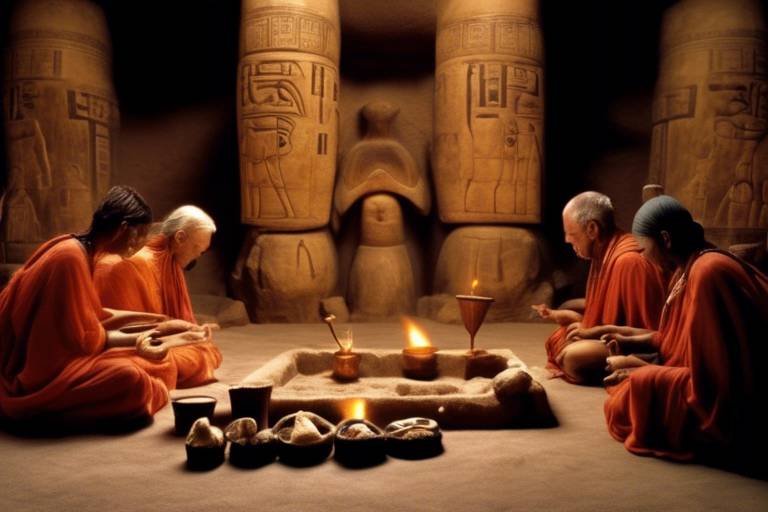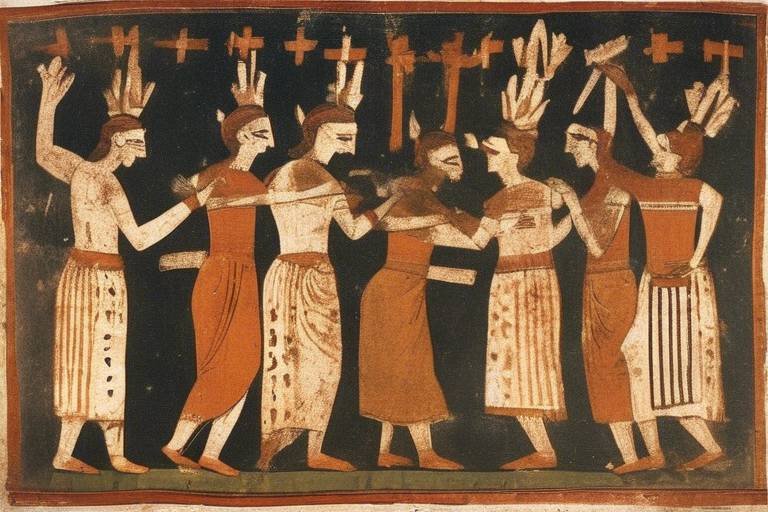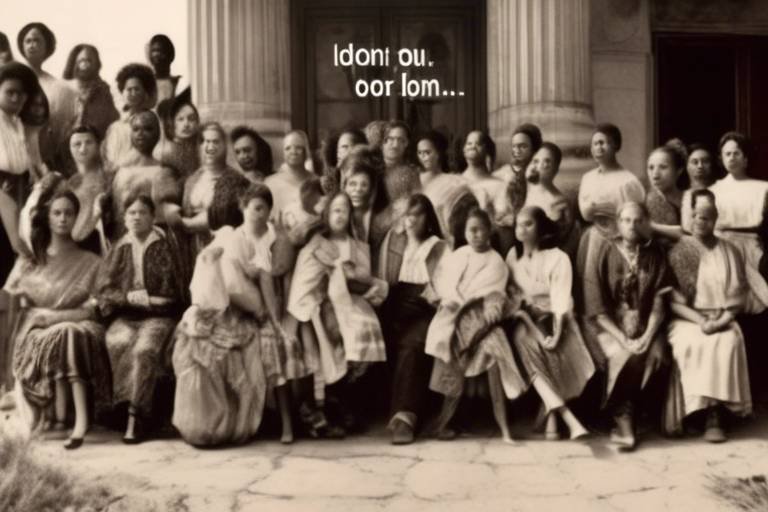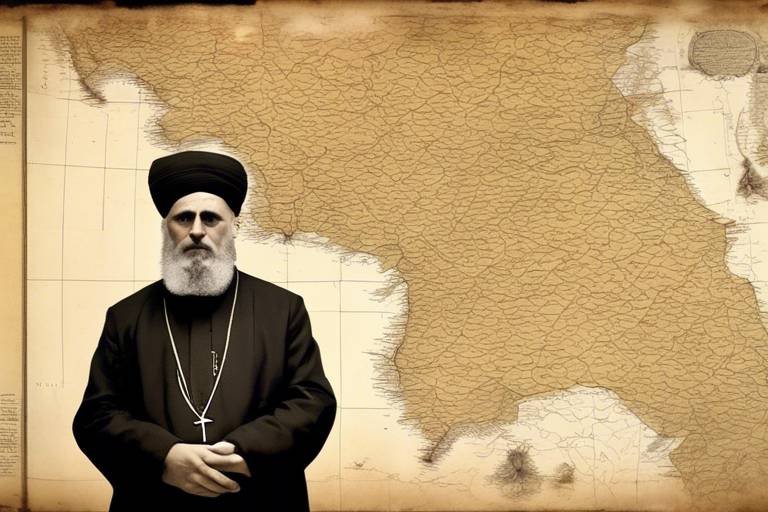Understanding the Role of Rituals in Ancient Societies
Rituals in ancient societies were not merely empty gestures or repetitive actions; they held profound significance in shaping the very fabric of these civilizations. These rituals were the threads that intricately wove together the social, religious, and cultural tapestries of ancient communities, creating a rich and vibrant tapestry that defined their existence.
Imagine rituals as the foundation of a grand temple, each stone meticulously placed to support the weight of the entire structure. Similarly, rituals provided the framework upon which ancient societies built their social structures, religious beliefs, and cultural practices. They were the invisible hands that guided individuals through the complexities of daily life, offering a sense of order and meaning in a world filled with uncertainties.
As we delve into the depths of history, we uncover the evolution of rituals from simple acts of reverence to elaborate ceremonies that permeated every aspect of ancient life. These rituals were not static; they evolved and adapted to reflect the changing needs and beliefs of society, mirroring the ebb and flow of human experience.
Within the realm of religious practices, rituals served as bridges between the mundane and the divine, allowing individuals to connect with the spiritual realm and commune with higher powers. They were the sacred rites that sanctified important milestones in life, from birth to death, and everything in between.
Moreover, rituals played a crucial role in maintaining social order and cohesion within ancient communities. They were the glue that bound individuals together, reinforcing social norms, hierarchy, and community identity. Through shared rituals, ancient societies reaffirmed their collective identity and strengthened the bonds that held them together.
Across various cultural traditions, rituals were woven into the fabric of everyday life, infusing mundane activities with deeper meaning and significance. Whether in the form of elaborate ceremonies or simple daily practices, rituals served as expressions of cultural heritage, preserving traditions passed down through generations.
Power dynamics also played a significant role in the realm of rituals, with rulers, priests, and elites using ceremonial practices to assert authority, legitimize their positions, and exert control over the populace. Through carefully orchestrated rituals, the powerful maintained their grip on society and reinforced their positions of influence.
Symbolism and meaning were intrinsic to ancient rituals, with each gesture, incantation, and offering carrying layers of significance that connected individuals to the cosmos, mythology, and the natural world. These rituals were not merely empty gestures but profound expressions of deeper truths and universal principles.
As we explore the legacy of ancient rituals, we find that their influence continues to reverberate in contemporary societies, albeit in evolved forms. While the specifics may have changed, the essence of rituals remains intact, shaping human behavior, beliefs, and interactions in profound ways.
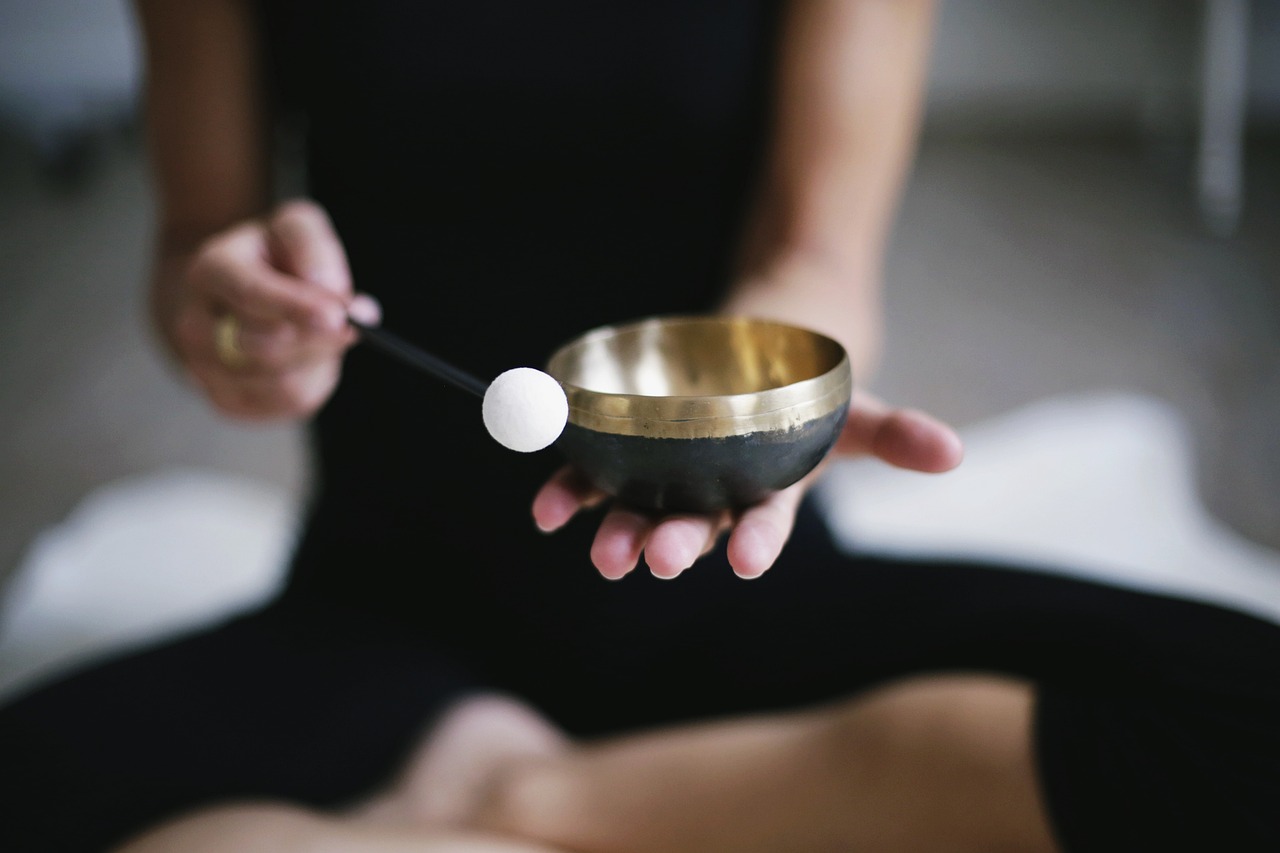
The Evolution of Rituals
Rituals have been an intrinsic part of human societies since ancient times, serving as a cornerstone for social cohesion and cultural identity. The evolution of rituals can be traced back to the earliest civilizations, where simple ceremonial practices gradually developed into complex and elaborate rituals that permeated every aspect of society.
In the dawn of civilization, rituals were often linked to natural phenomena, such as the changing of seasons or celestial events, reflecting humanity's close connection to the environment. These early rituals were essential for survival, guiding agricultural practices, hunting expeditions, and spiritual beliefs.
As societies progressed, rituals evolved alongside them, becoming more structured and symbolic. They began to play a vital role in religious ceremonies, marking important milestones in individuals' lives, such as birth, marriage, and death. These rituals not only provided a sense of spiritual fulfillment but also reinforced the community's shared values and beliefs.
Over time, rituals became intertwined with power dynamics, as rulers and religious leaders utilized them to solidify their authority and control over the populace. Elaborate rituals were often used to demonstrate the divine right of kings or to invoke the favor of deities for the prosperity of the state.
Furthermore, the evolution of rituals mirrored the changing social dynamics within ancient societies. They served as a means of establishing social hierarchies, defining roles within the community, and fostering a sense of belonging among individuals. Through shared rituals, people found common ground and strengthened their bonds with one another.
As civilizations expanded and interacted with one another, the exchange of ideas and practices led to the enrichment and diversification of ritualistic traditions. Different cultures borrowed elements from one another, creating a tapestry of rituals that reflected the interconnectedness of human experiences.
In essence, the evolution of rituals in ancient societies was a testament to humanity's innate need for connection, meaning, and transcendence. These rituals not only shaped the past but continue to influence our present-day practices, highlighting the enduring legacy of ancient traditions in shaping the fabric of human society.
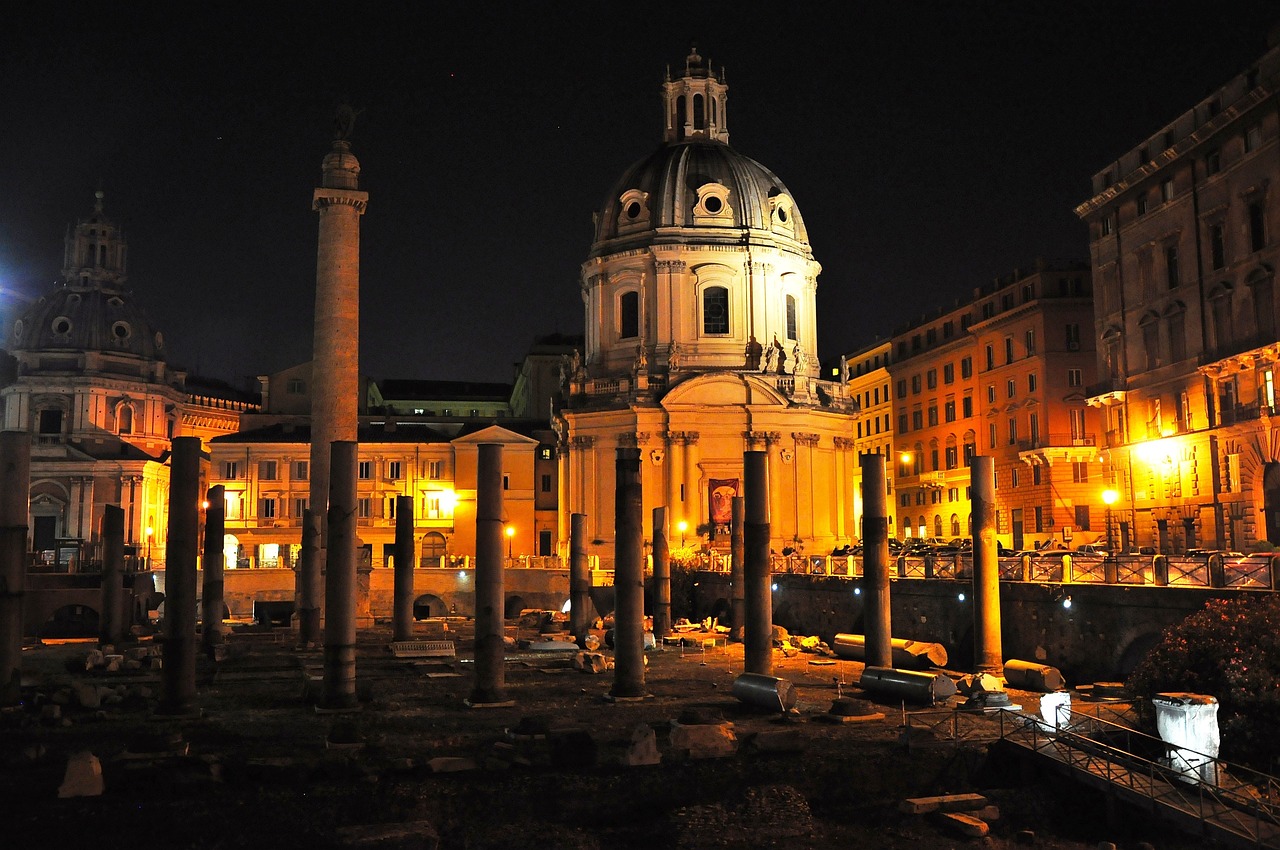
Rituals in Religious Context
Rituals in ancient societies held a profound significance within religious contexts, serving as essential components of spiritual practices and beliefs. These rituals were not mere actions but rather symbolic expressions of devotion, reverence, and connection to the divine. In ancient religious settings, rituals were meticulously performed to honor gods and goddesses, seek blessings, offer gratitude, and seek guidance in times of need.
Moreover, rituals in religious contexts played a crucial role in fostering a sense of community and shared faith among believers. They provided a structured framework for worship, creating a sacred space where individuals could come together to express their devotion collectively. Through these rituals, ancient communities reinforced their religious identity, values, and beliefs, fostering a sense of unity and belonging.
Furthermore, rituals in religious contexts often reflected the cosmological beliefs and mythologies of ancient civilizations. They were imbued with symbolic meanings that transcended the physical actions performed, conveying deeper spiritual truths and insights about the nature of existence, creation, and the divine order of the universe. These rituals served as a bridge between the earthly realm and the spiritual realm, facilitating communication with the divine and fostering a sense of transcendence.
Additionally, rituals in religious contexts were not static but evolved over time in response to changing societal needs, beliefs, and cultural influences. They adapted to new circumstances, incorporating elements from diverse sources, and accommodating shifting religious practices while retaining core symbolic meanings and spiritual significance. This evolutionary process ensured the continuity and relevance of rituals in religious contexts across generations.
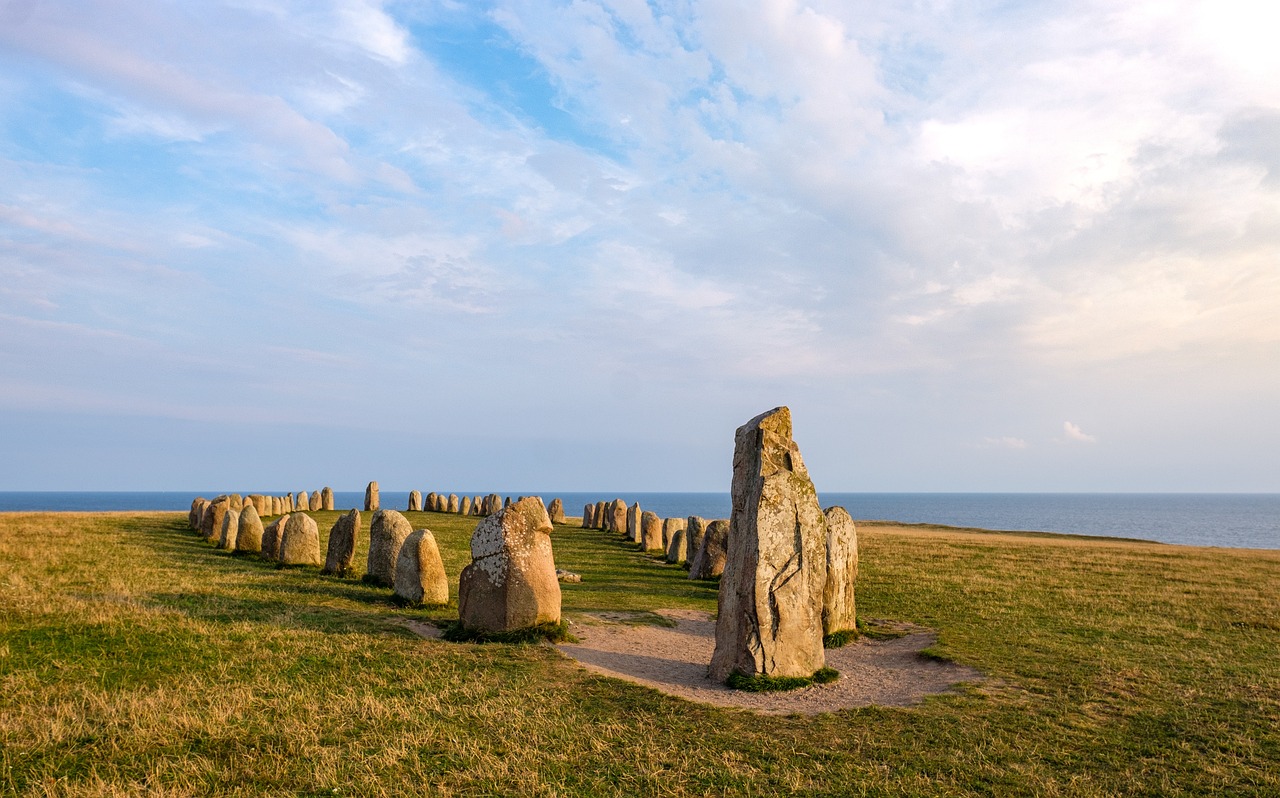
Social Significance of Rituals
The social significance of rituals in ancient societies cannot be overstated. These ceremonial practices played a pivotal role in reinforcing social norms, maintaining hierarchy, and fostering community cohesion. Rituals were not merely symbolic gestures but rather powerful tools that shaped interpersonal relationships and societal structures.
One of the primary functions of rituals in ancient societies was to establish and reinforce social norms. By prescribing specific behaviors and actions during ceremonial practices, rituals served as a mechanism for defining acceptable conduct within the community. Through repetition and adherence to these rituals, individuals were socialized into the collective values and expectations of their society.
Rituals also played a crucial role in maintaining hierarchy within ancient societies. They often served as a means of demonstrating and solidifying power dynamics, with rulers and elites using elaborate ceremonial practices to assert their authority. By participating in these rituals, individuals reaffirmed their allegiance to the ruling class and acknowledged their place within the social hierarchy.
Furthermore, rituals were instrumental in fostering community cohesion and solidarity. Shared ceremonial practices created a sense of belonging and unity among members of the society, reinforcing their collective identity and shared values. By coming together to participate in rituals, individuals strengthened their social bonds and reinforced their sense of belonging to a larger community.
Overall, the social significance of rituals in ancient societies was multifaceted, encompassing aspects of socialization, power dynamics, and community building. These ceremonial practices were not only integral to the daily lives of individuals but also played a crucial role in shaping the social fabric of ancient civilizations.
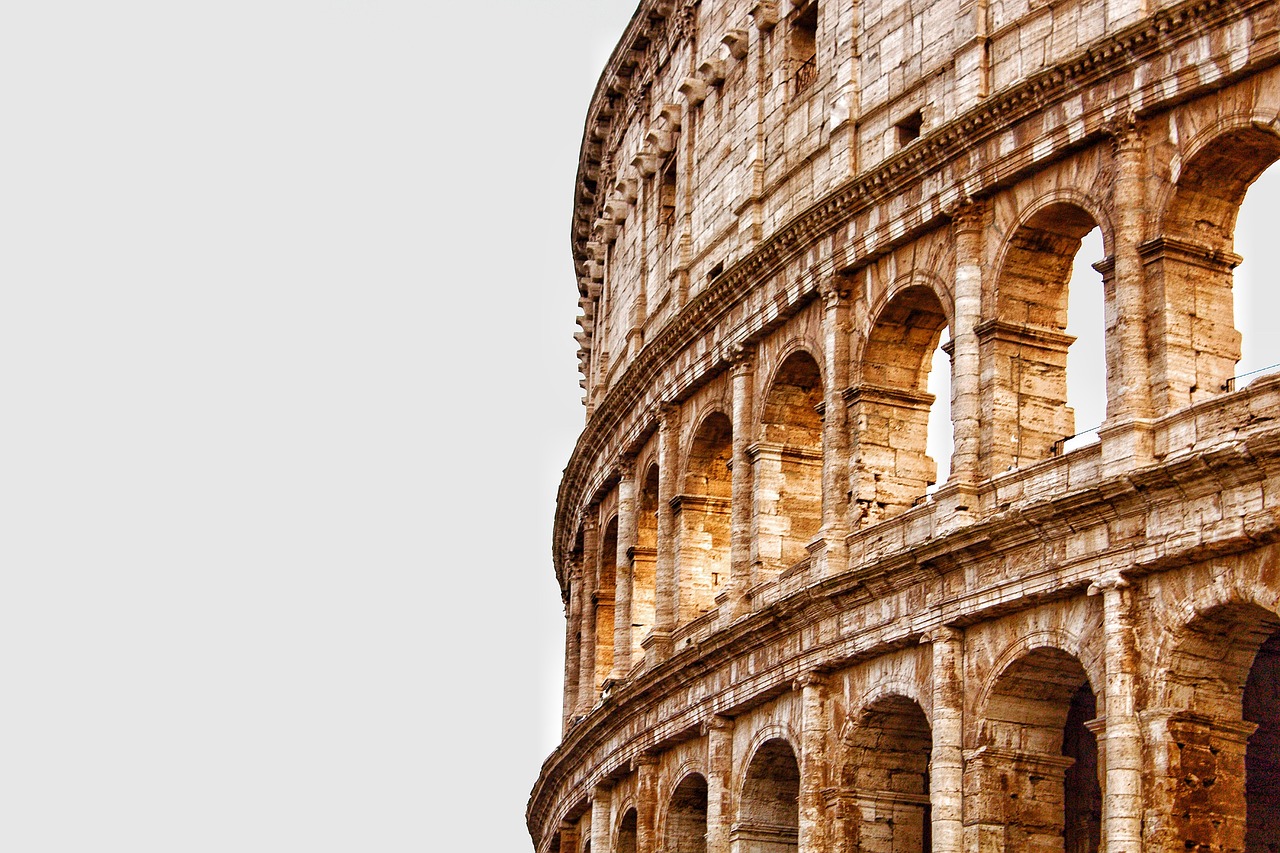
Rituals in Cultural Practices
Rituals in ancient societies played a crucial role in shaping social structures, religious beliefs, and cultural practices. This article explores the significance of rituals in various ancient civilizations and their impact on the daily lives of people.
Tracing the origins of rituals in ancient societies and how they evolved over time to become integral parts of social, religious, and cultural practices.
Examining the role of rituals in ancient religious beliefs, ceremonies, and practices, and how they influenced the spiritual lives of individuals and communities.
Exploring how rituals in ancient societies were used to reinforce social norms, hierarchy, and community cohesion, and their impact on interpersonal relationships.
In ancient societies, rituals were deeply intertwined with cultural practices, serving as a means of preserving and transmitting cultural heritage across generations. These rituals were not merely symbolic gestures but integral components of various traditions, celebrations, and rites of passage. For example, in Egyptian society, the mummification process was a sacred ritual that reflected their beliefs in the afterlife and the preservation of the soul. Similarly, in Mayan culture, elaborate ceremonies and dances were performed to honor their gods and ancestors, showcasing the rich tapestry of their cultural practices.
Analyzing how rituals were used by rulers, priests, and elites in ancient societies to legitimize authority, maintain control, and exert influence over the population.
Unpacking the symbolic elements and meanings embedded in ancient rituals, their connection to cosmology, mythology, and the natural world, and their communication of deeper truths.
Comparing and contrasting ritualistic practices in different ancient civilizations such as Egyptian, Mesopotamian, Greek, Roman, and Mayan societies to understand their commonalities and unique characteristics.
Reflecting on the enduring legacy of ancient rituals in contemporary societies, their adaptation and reinterpretation, and their continued relevance in shaping human behavior and beliefs.
Stay tuned for the Frequently Asked Questions section coming soon!
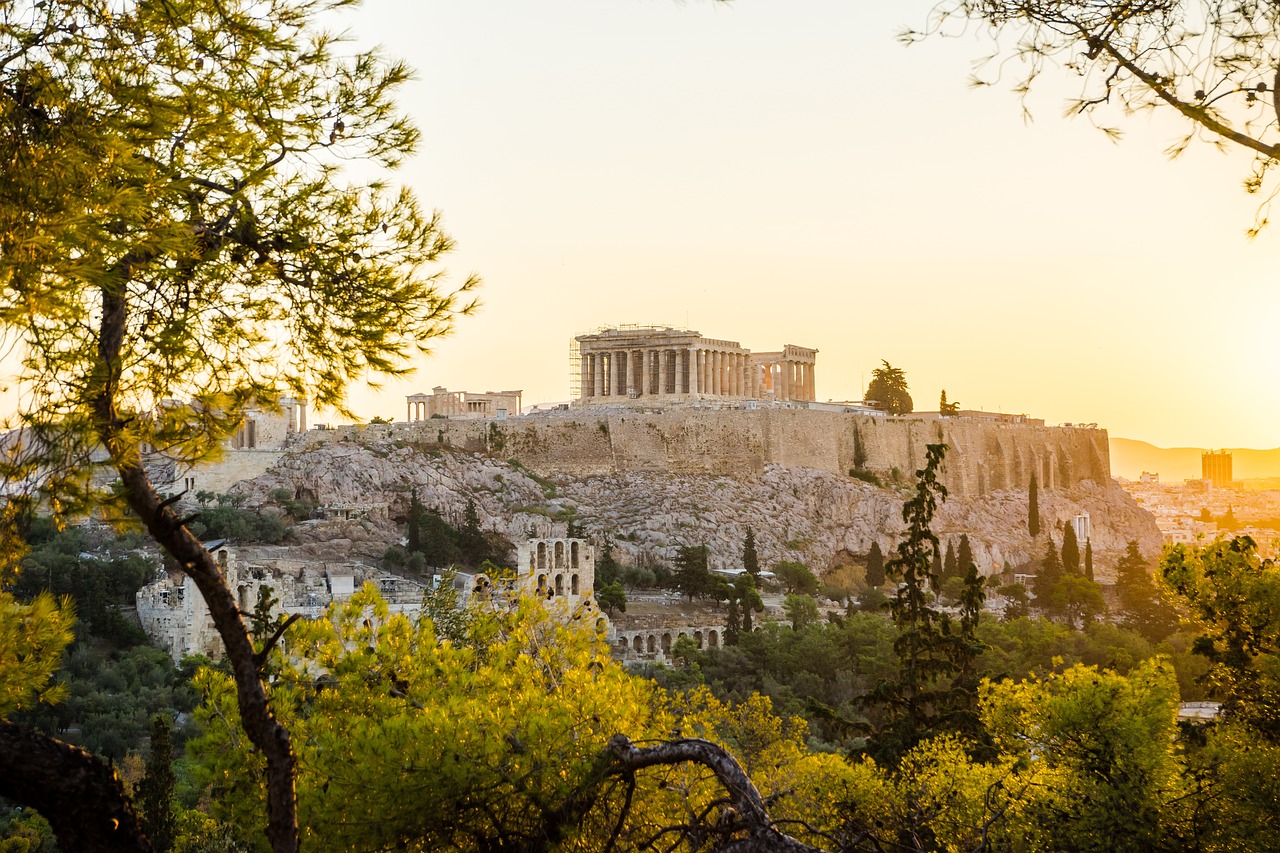
Rituals and Power Dynamics
When delving into the world of ancient societies, one cannot overlook the intricate relationship between rituals and power dynamics. Rituals were not merely ceremonial practices but tools wielded by rulers, priests, and elites to assert authority and control over the population. These rituals served as mechanisms to legitimize the hierarchy, maintain social order, and reinforce the existing power structures.
Imagine a grand procession led by a pharaoh in ancient Egypt, adorned in regal attire and performing sacred rituals to demonstrate divine favor and sovereignty. The elaborate rites conducted by priests in Mesopotamia to appease the gods and secure blessings for the kingdom. These rituals were not just symbolic gestures but strategic displays of power, designed to instill awe, obedience, and submission among the populace.
Furthermore, rituals in ancient societies were instrumental in solidifying the social contract between the ruling class and the governed. By participating in these prescribed ceremonies, individuals acknowledged their allegiance to the established authority and contributed to the collective identity of the community. The intricate choreography of these rituals mirrored the intricate web of power relations within society, delineating roles, responsibilities, and privileges.
Moreover, the performance of rituals by the ruling elite was not limited to public displays of grandeur but extended to more intimate settings of governance and decision-making. The consultation of oracles, the interpretation of omens, and the offering of sacrifices were all part of the ritualistic repertoire used to seek divine guidance, justify policies, and ensure the continuity of power.
In essence, rituals in ancient societies were not just ceremonial practices but mechanisms of power that permeated every aspect of social, political, and religious life. They were the threads that wove together the fabric of society, reinforcing hierarchies, legitimizing authority, and shaping the collective consciousness of the populace.
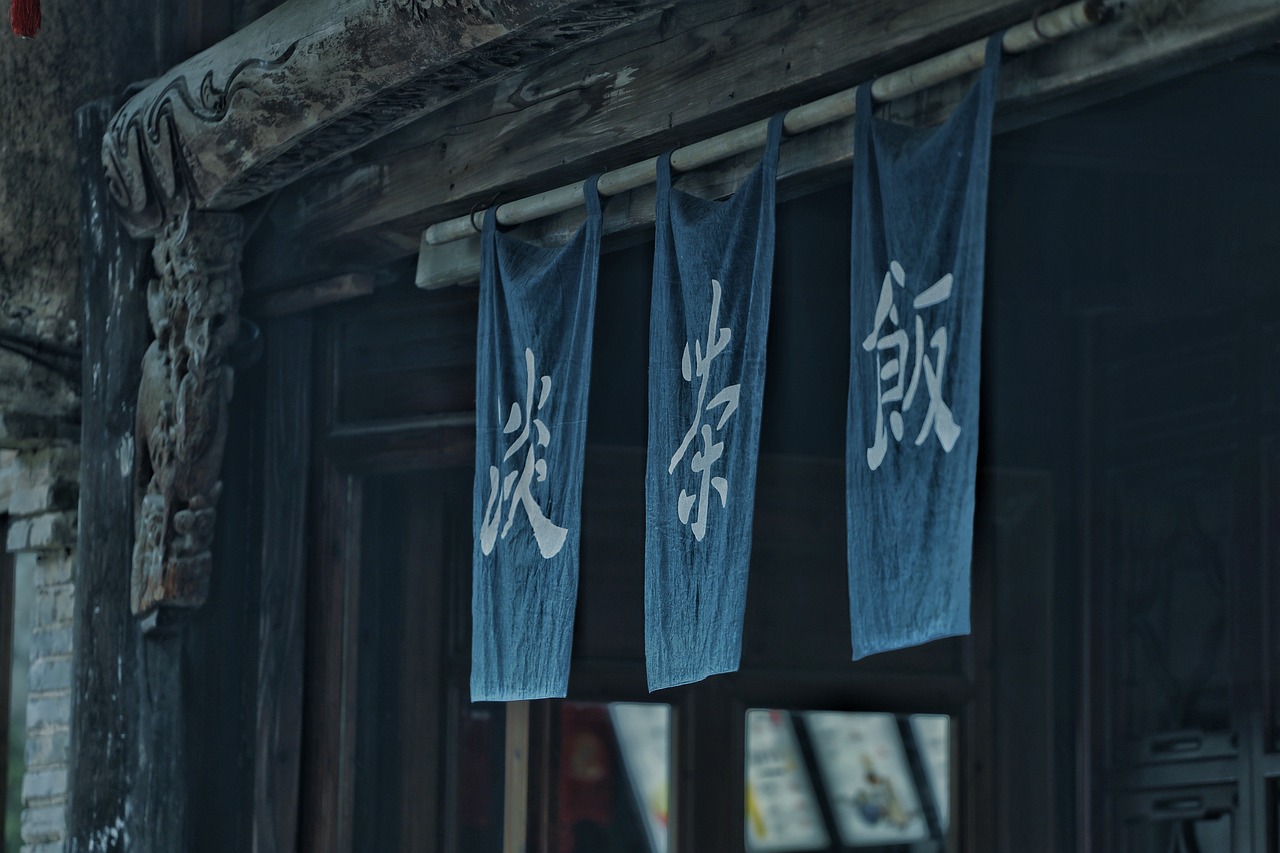
Ritual Symbolism and Meaning
Rituals in ancient societies were not merely superficial actions but were deeply imbued with symbolism and meaning, reflecting the core beliefs and values of the civilization. These rituals served as a language, communicating profound truths about the cosmos, human existence, and the relationship between the physical and spiritual realms. Through intricate gestures, sacred objects, and symbolic acts, ancient rituals wove together a tapestry of significance that transcended the mundane and tapped into the profound.
Symbolism in rituals often drew upon the natural world, with elements such as water, fire, earth, and air representing different aspects of life and creation. For example, the pouring of water in ceremonies symbolized purification and renewal, while the lighting of fires signified transformation and illumination. These symbolic actions connected participants to the rhythms of nature and the cycles of life, instilling a sense of harmony and interconnectedness with the universe.
Moreover, rituals were laden with mythological references, drawing upon the rich narratives of gods, heroes, and legendary events. By reenacting mythic stories through symbolic gestures and performances, ancient societies reinforced their cultural identity, passed down collective memories, and honored their divine ancestors. The symbolic resonance of these rituals served to anchor individuals in a shared heritage and provide a sense of continuity with the past.
Furthermore, the intricate symbolism embedded in rituals often extended to the architecture of sacred spaces, the design of ceremonial garments, and the arrangement of ritual objects. Every detail was laden with meaning, from the colors of ceremonial robes to the orientation of temples, creating a visual language that spoke to the participants on multiple levels. These symbolic elements served to heighten the participants' sensory experience, engaging not only their intellect but also their emotions and intuition.
In essence, rituals in ancient societies were a multi-layered tapestry of symbols and meanings, inviting participants to transcend the ordinary and enter into a realm of heightened awareness and spiritual connection. By delving into the symbolic depths of these ancient practices, we gain insight into the profound wisdom and timeless truths that underpinned the rituals of the past.
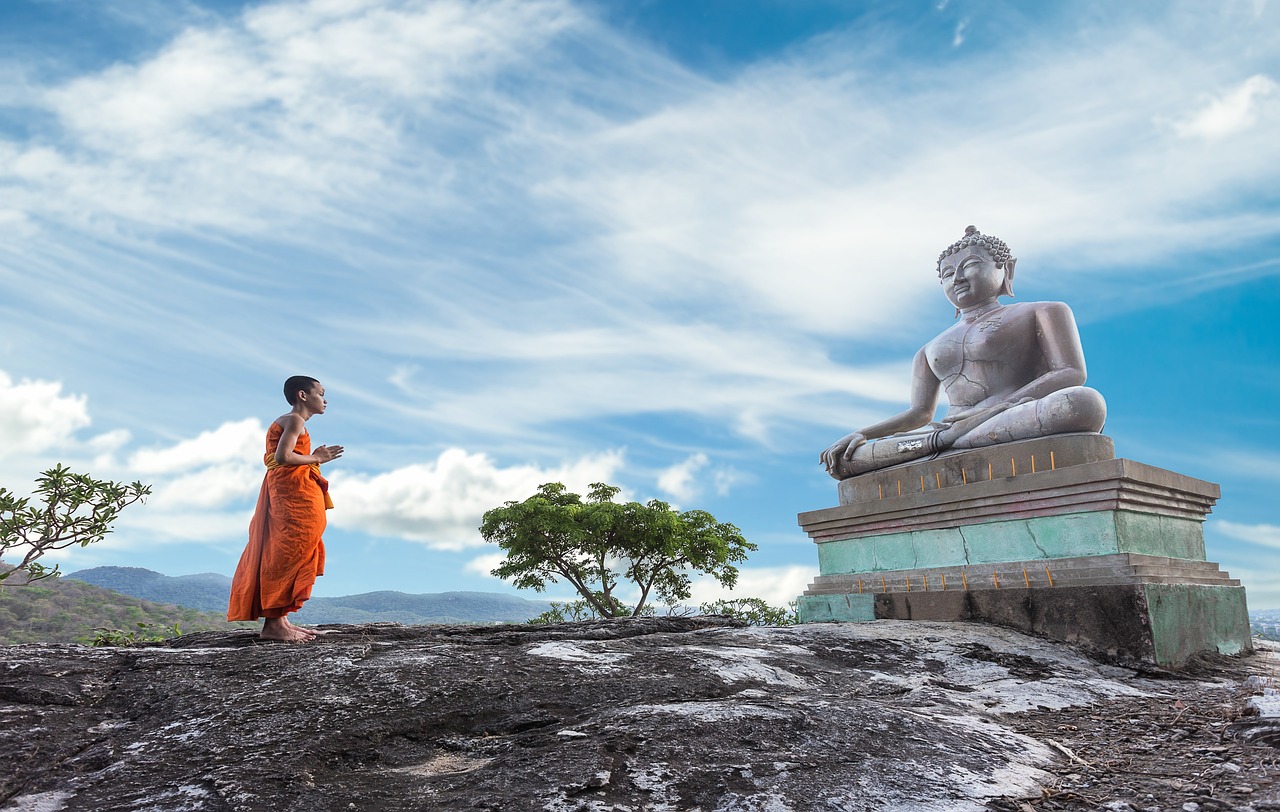
Ritualistic Practices Across Civilizations
Ritualistic practices across civilizations offer a fascinating glimpse into the diverse ways ancient societies expressed their beliefs, values, and traditions. From the grandeur of Egyptian ceremonies to the intricate rituals of Mayan civilization, each culture had its unique approach to rituals that reflected its worldview and societal structure.
In Egyptian society, rituals were deeply intertwined with religious beliefs and the afterlife. The elaborate process of mummification and the construction of grand pyramids were not just practicalities but also powerful rituals symbolizing the journey to the next world. The precision and scale of these practices highlight the Egyptians' profound reverence for the divine and the continuity of life beyond death.
On the other hand, Mesopotamian civilizations such as the Sumerians and Babylonians placed great importance on rituals to appease the gods and ensure fertility and prosperity. The performance of sacred rites, including offerings and prayers, was believed to maintain cosmic order and secure the favor of deities essential for the well-being of society.
In Greek and Roman societies, rituals played a dual role in both religious and civic life. From the solemn ceremonies of the Eleusinian Mysteries in Greece to the elaborate public spectacles of Roman festivals, rituals were integral to communal identity and social cohesion. These practices reinforced the connection between the divine, the state, and the individual, shaping the ethical and moral fabric of these ancient civilizations.
Similarly, the Mayan civilization in Mesoamerica developed a complex system of rituals that governed every aspect of life, from agriculture to warfare. Rituals involving bloodletting, human sacrifice, and astronomical observations were central to Mayan religious beliefs and political power structures. The precision of their calendar system and the symbolism of their rituals reflected a sophisticated understanding of the cosmos and the interconnectedness of all life.
Despite the diversity of ritualistic practices across civilizations, certain commonalities can be observed. The use of symbolism, the performance of sacred gestures, and the honoring of ancestors are recurring themes that underscore the universal human need to connect with the divine, the natural world, and each other through ritual.
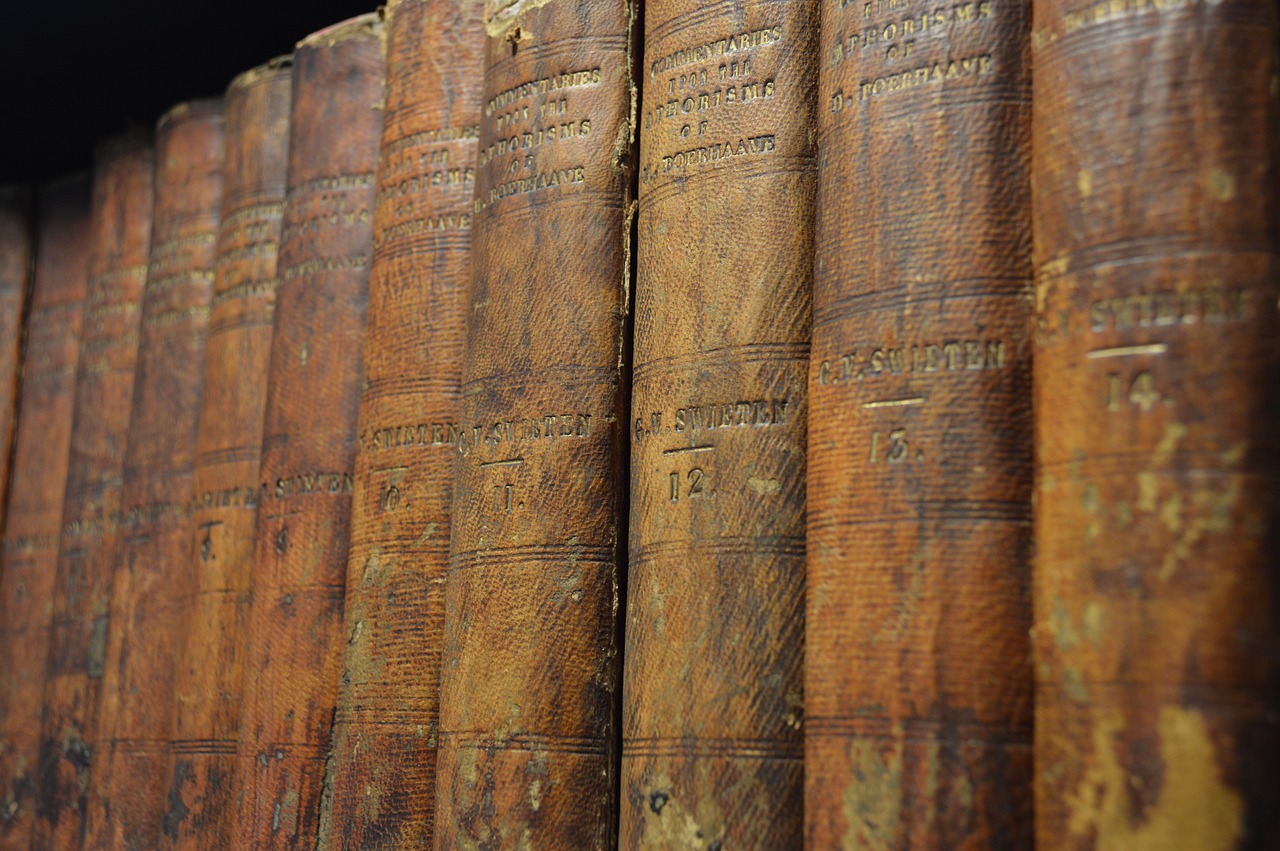
Legacy of Ancient Rituals
Delving into the allows us to grasp the profound impact these age-old practices have had on shaping human societies throughout history. These rituals, originating from the depths of ancient civilizations, continue to resonate in contemporary cultures, albeit in evolved forms. The enduring legacy of ancient rituals transcends time, leaving an indelible mark on the beliefs, behaviors, and traditions of modern societies.
Ancient rituals, with their rich tapestry of symbolism and meaning, have woven themselves into the fabric of human existence, carrying with them the wisdom and insights of bygone eras. They serve as poignant reminders of our shared heritage and offer a glimpse into the spiritual and cultural landscapes of our ancestors. The legacy of these rituals is not merely a relic of the past but a living testament to the resilience and adaptability of human traditions.
Through the passage of time, ancient rituals have undergone a process of reinterpretation and reinvention, adapting to the evolving needs and values of contemporary society. While some rituals have faded into obscurity, others have persisted, their essence preserved in modern-day ceremonies and practices. The legacy of ancient rituals is thus a dynamic one, constantly evolving yet rooted in the timeless wisdom of antiquity.
Moreover, the legacy of ancient rituals serves as a bridge between the past and the present, connecting us to our ancestors and the cultural tapestries they wove. By honoring and reviving these ancient practices, we pay homage to the enduring spirit of human creativity and ingenuity. The legacy of ancient rituals is not a mere relic of history but a living testament to the enduring power of tradition and the human spirit.
Frequently Asked Questions
- What is the significance of rituals in ancient societies?
Rituals in ancient societies held immense significance as they played a pivotal role in shaping social structures, religious beliefs, and cultural practices. They were integral to the daily lives of people, influencing everything from social norms to spiritual beliefs.
- How did rituals evolve over time in ancient civilizations?
Rituals in ancient civilizations evolved from simple practices to complex ceremonies, becoming deeply ingrained in religious, social, and cultural contexts. They adapted to reflect changes in society while maintaining their core symbolic meanings.
- What was the role of rituals in religious contexts?
Rituals played a crucial role in ancient religious beliefs by serving as a means of connecting individuals to the divine, marking important ceremonies, and reinforcing spiritual values within communities. They were essential in maintaining the faith and practices of worshippers.
- How did rituals influence social dynamics in ancient societies?
Rituals in ancient societies were used to reinforce social hierarchies, establish community cohesion, and regulate interpersonal relationships. They served as a tool for maintaining order, expressing identity, and promoting unity among members of a society.
- What is the legacy of ancient rituals in contemporary societies?
The legacy of ancient rituals continues to impact contemporary societies through their adaptation and reinterpretation in modern contexts. They provide insights into human behavior, cultural heritage, and the enduring power of symbolic practices in shaping beliefs and traditions.

